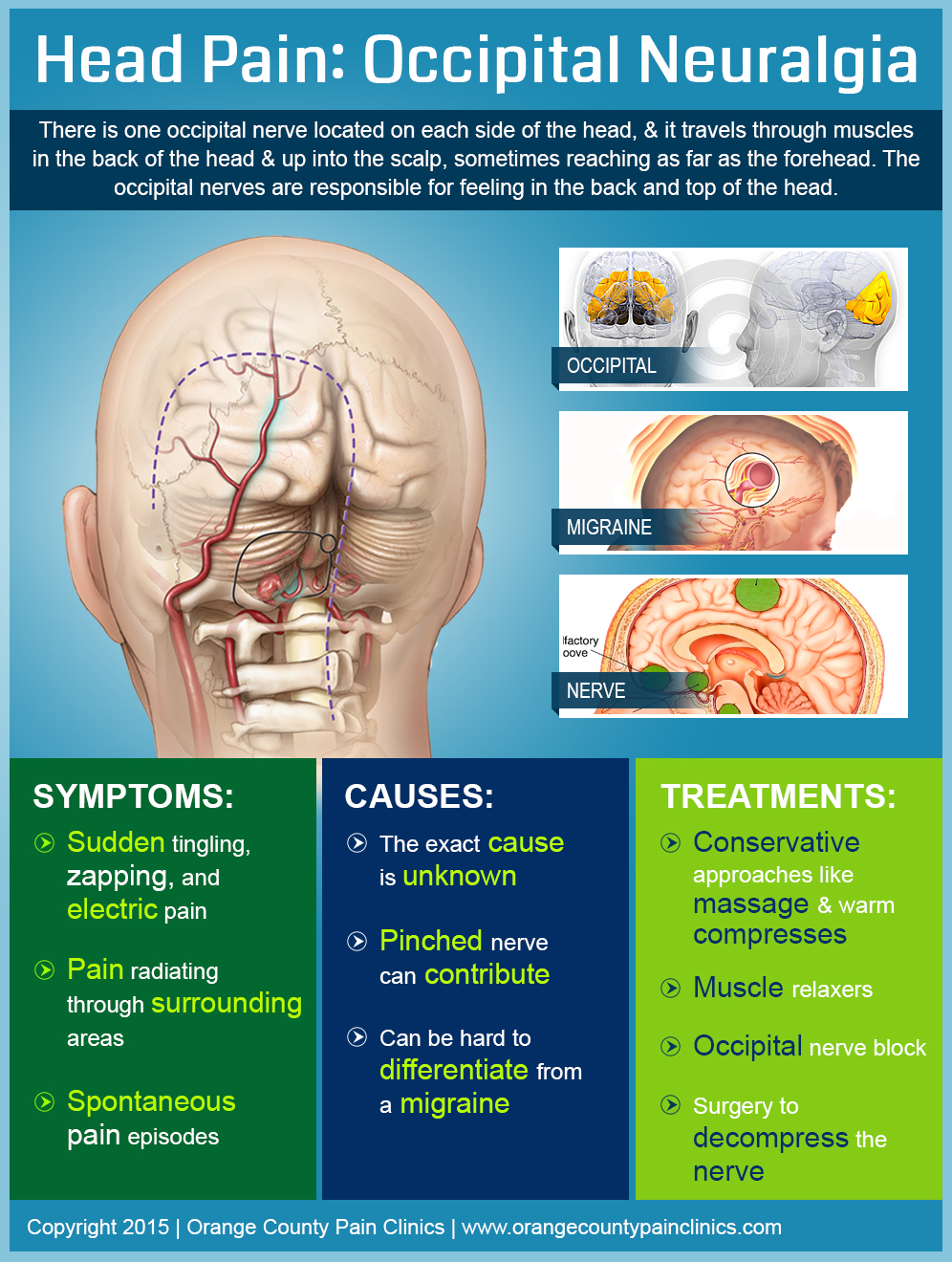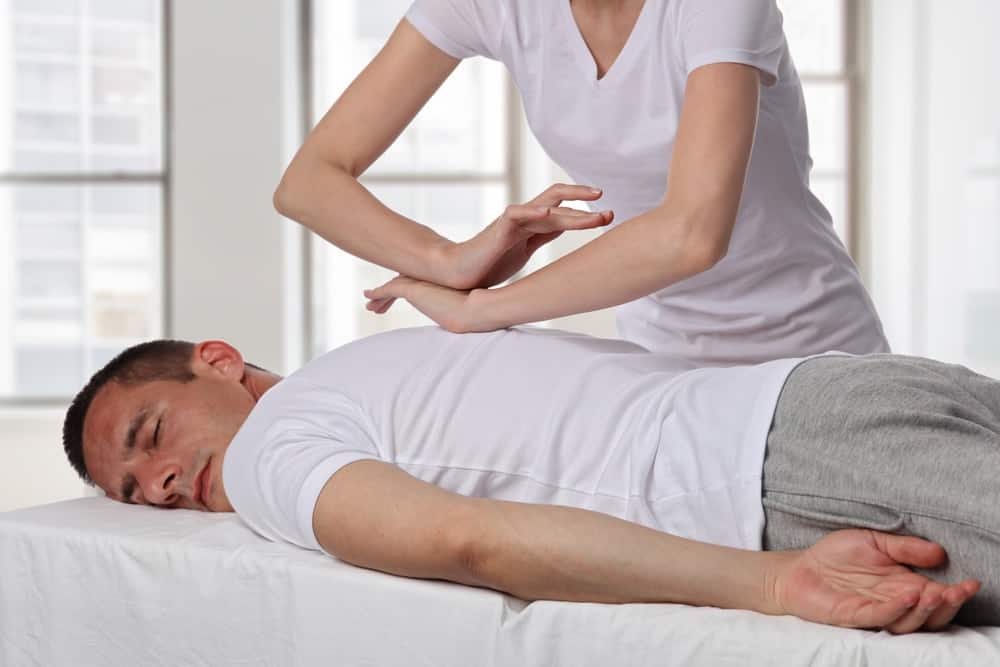Title: Alleviating Base of Skull Pain: Effective Strategies and Tips
Introduction:
Persistent pain at the base of the skull can be distressing and impact daily activities. This article aims to provide practical suggestions on how to alleviate such discomfort and promote overall well-being.
Causes of Base of Skull Pain:
Several factors can contribute to base of skull pain, including tension headaches, poor posture, stress, and muscle tension. Identifying and addressing the underlying cause is crucial for effective treatment.
Effective Strategies for Pain Relief:
1. Practice good posture: Maintaining proper alignment of the head and neck can minimize strain on the base of the skull. Sit and stand with a straight back, avoiding slouching or tilting your head forward for extended periods.
2. Stretch and strengthen neck muscles: Perform gentle stretching exercises targeting the neck and shoulder muscles. Strengthening these muscles can provide support to the base of the skull. Consult with a physiotherapist or a professional for appropriate exercises.
3. Apply heat or cold therapy: Applying a warm compress or taking a warm shower can help relax tense muscles and reduce pain. Alternatively, cold packs wrapped in a cloth can numb the area, reducing inflammation and providing temporary relief.
4. Practice relaxation techniques: Engaging in stress-reducing activities such as deep breathing exercises, meditation, or yoga can alleviate base of skull pain caused by tension and anxiety.
5. Take regular breaks: If your work or daily activities require prolonged sitting or repetitive tasks, ensure you take frequent breaks to stretch and rest your neck and shoulder muscles.
6. Maintain a healthy lifestyle: Adequate sleep, a balanced diet, and regular physical exercise are critical for overall well-being and can contribute to reducing the occurrence of base of skull pain.
7. Seek professional help: If the pain persists or worsens despite self-care measures, consult a healthcare professional. They can diagnose underlying conditions and recommend tailored treatments, such as physical therapy, medication, or other interventions.
Conclusion:
Base of skull pain can significantly impact daily life, but with proper care and lifestyle adjustments, it is possible to alleviate discomfort and promote long-term well-being. Employing strategies such as practicing good posture, stretching and strengthening muscles, applying heat or cold therapy, and seeking professional help when needed, can contribute to pain relief and improved quality of life.
What triggers a occipital neuralgia flare?
What causes occipital neuralgia? Occipital neuralgia may occur spontaneously, or as the result of a pinched nerve root in the neck (from arthritis, for example), or because of prior injury or surgery to the scalp or skull. Sometimes “tight” muscles at the back of the head can entrap the nerves.
Why would the base of my head hurt?
Pain in the back of your head may result from various causes, including migraine or issues with your neck, spine, or posture. You can relieve or prevent the pain with lifestyle changes, alternative remedies, and medications. Headaches can range from annoying to disruptive in severity.
What does pain at the base of the skull indicate?
Having pain at the base of your skull could indicate a tension headache or neck injury. If you’re experiencing a shooting pain or pain behind the eyes, it may be occipital neuralgia. If you have symptoms like changes in vision, numbness, and nausea, see a doctor immediately.Jun 8, 2022

How do you treat the pain at the base of the skull?
– Heat: patients often feel relief when heating pads or devices are placed in the location of the pain. …
– Physical therapy or massage therapy.
– Oral Medication: …
– Percutaneous nerve blocks: these injections can be used both to diagnose and treat occipital neuralgia.
Is it customary to tip for a medical massage?
If you are unsure of how much to tip, it’s best to ask your therapisttherapistA therapist is a person who offers any kinds of therapy. Therapists are trained professionals in the field of any types of services like psychologists, social workers, counsellors, etc. They are helpful in counseling individuals for various mental and physical issues.https://en.wikipedia.org › wiki › TherapistTherapist – Wikipedia what they would appreciate. Generally speaking, a tip of 15-20% is standard for a massage therapist or chiropractor who provides excellent service. But keep in mind that tipping isn’t required by law or custom!
Should I tip for a massage at a chiropractor?
Generally speaking, a tip of 15-20% is standard for a massage therapisttherapistA therapist is a person who offers any kinds of therapy. Therapists are trained professionals in the field of any types of services like psychologists, social workers, counsellors, etc. They are helpful in counseling individuals for various mental and physical issues.https://en.wikipedia.org › wiki › TherapistTherapist – Wikipedia or chiropractor who provides excellent service. But keep in mind that tipping isn’t required by law or custom!
How does chiropractic compare to body massage?
Those who have specific concerns regarding joint alignment or chronic pain may benefit more from chiropractic care since it is designed for correcting spinal misalignment whereas massage therapy does not correct structural issues but rather reduces pain through loosening muscles and soft tissues.

How does chiropractic massage work?
Chiropractic massage combines massage therapy with holistic chiropractic methods to promote spine and nervous system health. A chiropractor can relieve vertebral subluxations – or misaligned joints in the spine. These adjustments serve to properly realign joints and remove any tension or pain in the limbs or spine.
Why do chiropractors rub your back?
Dr. Ablett rubs the tools against your scar tissue in movements that are similar to a massage. You may experience some increased inflammation as a result, but your body will respond by increasing blood flow to the area and by sending in more nutrients. This will help promote your body’s internal healing mechanisms.


